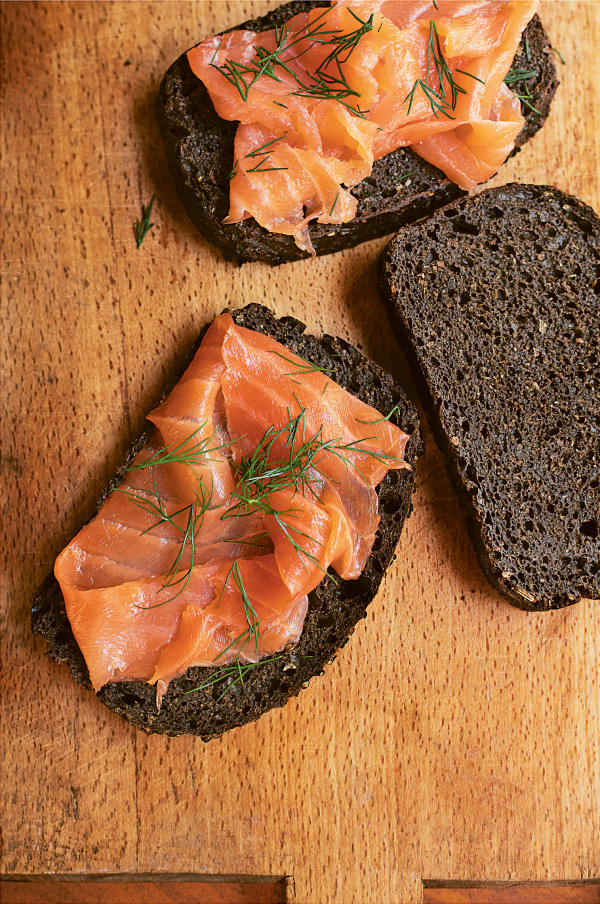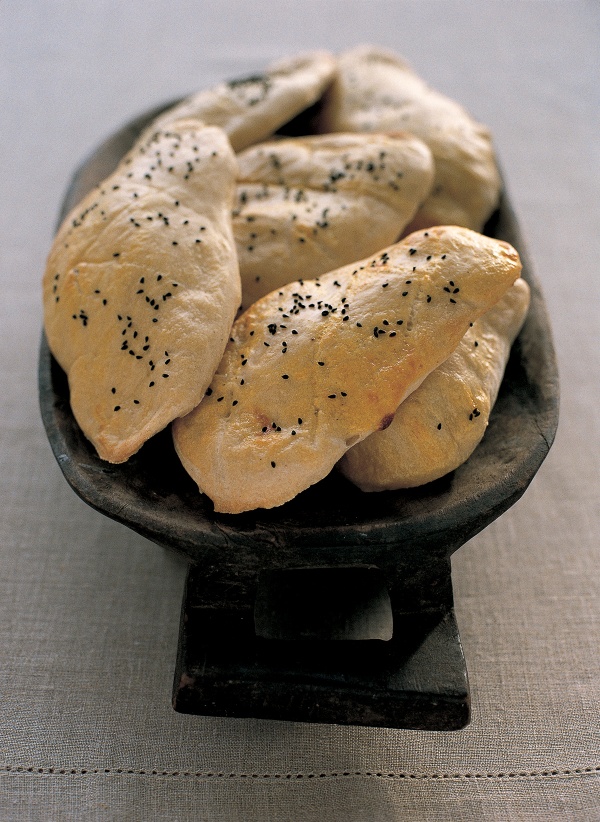Full question
I've made Nigella's black bread several times now and the flavour is wonderful. However, it doesn't have a uniform texture and bakes with a very large crack down the centre. We've tried different moisture contents yet the same uneven loaf results, despite following all the instructions. I did notice that in the video Nigella says to cook it for 50 minutes at 200C whereas in the written instructions she says to preheat the oven to 220C then immediately reduce to 200C and cook for 40 minutes in the tin then 10 minutes out of the tin. Which of these two options will give the better result?
Our answer
Nigella's No-Knead Black Bread (from COOK, EAT, REPEAT) is an Eastern European-inspired loaf that is made with Guinness. The bread does not need kneading but instead has a very long proving time. We are not sure what is meant by an uneven texture, but if the bread has large holes in it then it has probably been left to prove for too long and you may need to reduce the proving time slightly or prove it in a slightly cooler spot if you have a warm kitchen.
If the top of the bread is very cracked, it usually means that the dough is too dry or the surface of the dough has dried out before baking. If the texture is slightly cakey then this is also usually an indication that the dough is a bit too dry. You mention different levels of hydration, but with bread it is generally better to err on the wetter side, so you may need to add a little extra liquid to the dough and make sure that the dough is properly mixed to ensure that there are no dry patches. When proving the dough in the bowl, make sure that the dough is properly covered, so that it doesn't get a chance to dry out. For the second proving it may help to cover the tin with a damp tea towel, to prevent the surface of the dough from drying out too much. When baking the bread, the instructions on the website and in the book are correct and you should heat the oven to 220c and then reduce the temperature to 200c once the bread goes into the oven. Unfortunately recipes in TV shows can occasionally be edited down due to programme time restrictions.




Tell us what you think
Thank you {% member.data['first-name'] %}.
Explore more questionsYour comment has been submitted.